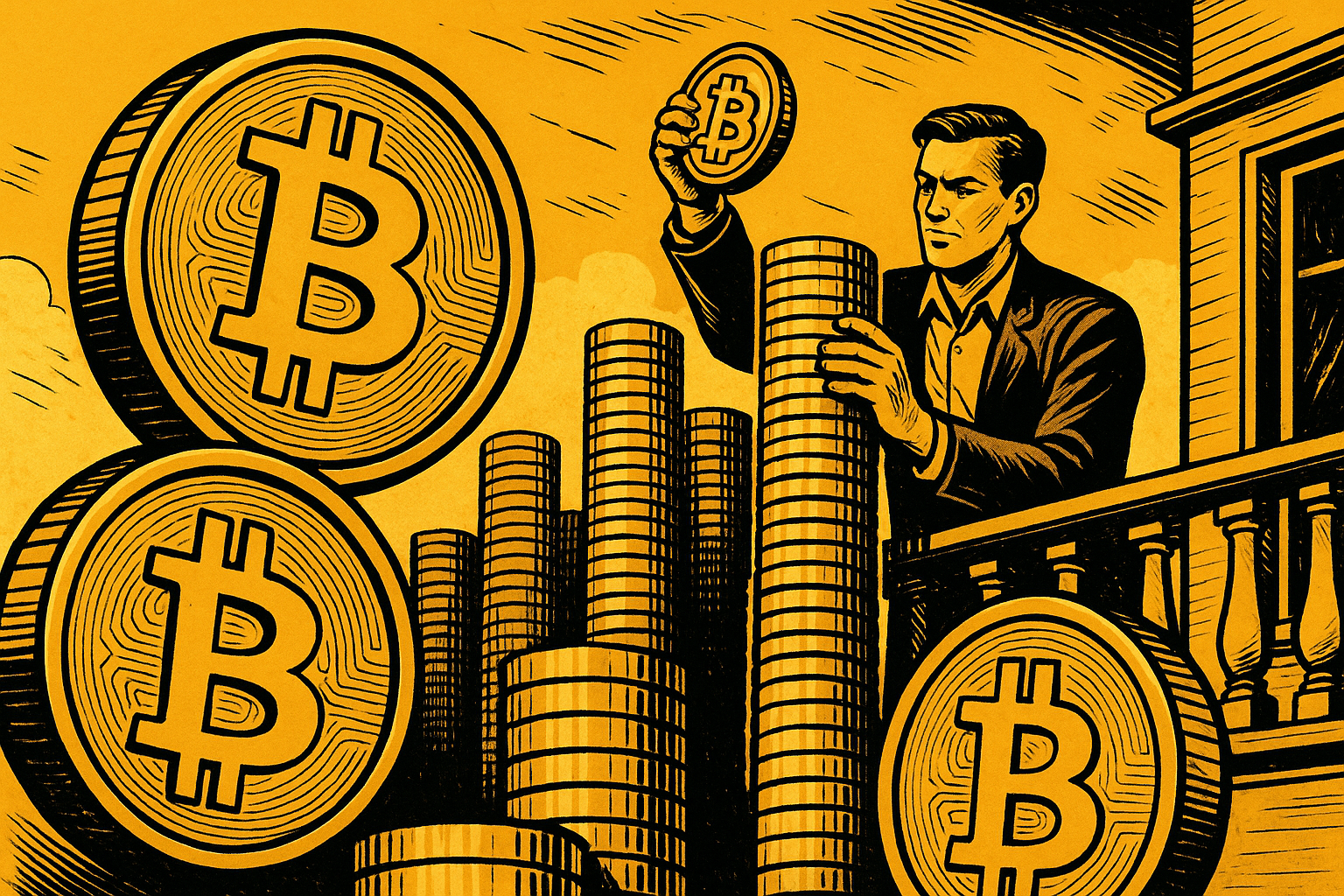Does Another 800,000 BTC Vanishing Into Cold Storage Really Make Us Safer?
I woke up to Twitter/X exploding with gifs of laser-eyed bulls. CryptoQuant dropped a chart showing that long-term holders (LTHs) have been absorbing roughly 800,000 BTC every 30 days—an all-time record. At first glance, that sounds fantastically bullish. Less liquid supply, higher scarcity, NGU (Number Go Up), right? Well… I’m not entirely sold.
Before you accuse me of being a joy-kill, hear me out. I’ve lived through the 2013 double bubble, the 2017 ICO mania, and the 2021 dog-coin circus. Whenever the crowd starts chanting the same narrative—"nobody’s ever selling again"—my spidey sense starts tingling.
Here’s What Actually Happened
According to CryptoQuant’s Long-Term Holder Net Position Change metric, wallets that haven’t moved coins for at least 155 days have been stacking like there’s no tomorrow. The increase averages 26,000 BTC per day since mid-August. At today’s $27,000 spot price, that’s about $702 million worth of Bitcoin pulled off exchanges daily.
Glassnode’s HODL Waves back this up. More than 75% of circulating supply hasn’t budged in six months. People quote that stat as if it’s ironclad bullishness. I’m thinking: when does illiquidity become a bug, not a feature?
Now Here’s the Interesting Part
Market makers on Binance, Coinbase, and even the CME futures desk keep telling me order books feel thinner than they did in 2020. Less float means each marginal buyer or seller moves price faster. That’s fun while we’re climbing, but remember May 19, 2021? Price nuked 50% in a single day precisely because bids disappeared.
"Supply shocks cut both ways. Dwindling float can amplify rallies and crashes." – an OTC desk friend who prefers not to be doxxed
I’ve noticed funding rates on perpetual swaps tick up every time a bullish Glassnode tweet circulates. Leverage piggybacks the HODL narrative. I don’t dislike bullishness—heck, I own BTC—but I like my optimism peppered with a little healthy paranoia.
Is This Really ‘Diamond Hands’ or Just Stagnant Liquidity?
Some context: Post-FTX, a lot of custodial fear pushed coins into self-custody. Ledger reported a 200% jump in hardware wallet sales last November. So part of this “record HODL” might simply be users parking coins off-exchange rather than an ideological shift to never sell. If Coinbase felt safer tomorrow, would some of those coins quietly creep back in?
Plus, long-term holder status is time-based, not intent-based. A trader can accidentally become an LTH just by getting bored. I’ve got a 0.2 BTC dust bag from 2019 that I forgot to move—it makes me statistically diamond-handed, but in reality I just lost the seed phrase for a while.
Meanwhile, There’s an Overlooked Supply Overhang
Mt. Gox creditors are still waiting on 141,686 BTC. The court extended the repayment deadline to October 2024, but trustee Nobuaki Kobayashi could start tranches earlier. Combine that with the U.S. government’s remaining Silk Road stash (~94,000 BTC according to Arkham) and you have a looming government + bankruptcy miner supply exhalation that makes the current HODL record feel less permanent.
I keep a TradingView alert for any wallets labeled "bc1qselkroad…" moving. Whenever they do, price wobbles. Imagine those coins hitting Coinbase Prime while retail is still high-fiving over scarcity charts.
I’m Also Watching Miner Behavior
The hashrate just hit 425 EH/s, another record. Miners are expanding, but hashprice (USD per TH/s) is flirting with all-time lows. Marathon and Riot both raised fresh equity this year to keep rigs humming. If BTC languishes, they’ll need to liquidate more coins. That’s not long-term holder supply—it’s near-term sell pressure.
Historically, miner capitulation events have marked bottoms (December 2018, June 2022). But they can also drag us into 40-50% drawdowns before the relief. If everyone’s cozy telling me “there aren’t any sellers left,” I wonder if they’re forgetting the guys front-running utility bills in Texas.
Why This Matters for Your Portfolio
I’m not saying dump everything. I’m saying celebrate the hodl trend with caution. Low float creates exaggerated moves both ways. If you’re a DCA-and-chill type, fine. But if you’re trading futures leverage on the assumption that HODL waves form an indestructible price floor, you’re playing with a hand grenade.
I keep a small stash on exchanges for tactical swings and the rest in multisig. If the HODL narrative keeps sucking coins out of liquidity pools, I’ll tighten my stop-losses even more. Thin books plus macro unknowns (rate hikes, a possible U.S. shutdown) feel like a recipe for another March-2020 style wick.
Tangential Thought: ETFs Aren’t a Magic Liquidity Sponge
People point to BlackRock’s pending spot ETF as a cure-all. But remember, an ETF custodian like Coinbase Custody won’t necessarily reduce circulating supply—it may simply rehypothecate existing cold wallets. In other words, Larry Fink isn’t buying fresh Bitcoin; he’s legally wrapping coins that already exist. The scarcity story gets muddy there.
So, Where Do We Go From Here?
Short term, this record HODL run could very well squeeze price higher—Q4 seasonality plus halving hype in April 2024 is potent. I’ll probably ride some of that wave myself. Yet I can’t shake the feeling we’re underpricing tail-risk. One sudden unlock (Mt. Gox), one giant regulatory rug-pull (hello, SEC vs. Binance), and these “diamond hands” might start to sweat.
I don’t claim clairvoyance. I’m not entirely sure how the next six months play out. But in my experience, whenever everyone agrees that supply can only tighten, liquidity surprises us in the opposite direction.
Stay curious, size your bets, and remember: in crypto, conviction is admirable—but flexibility keeps you solvent.



